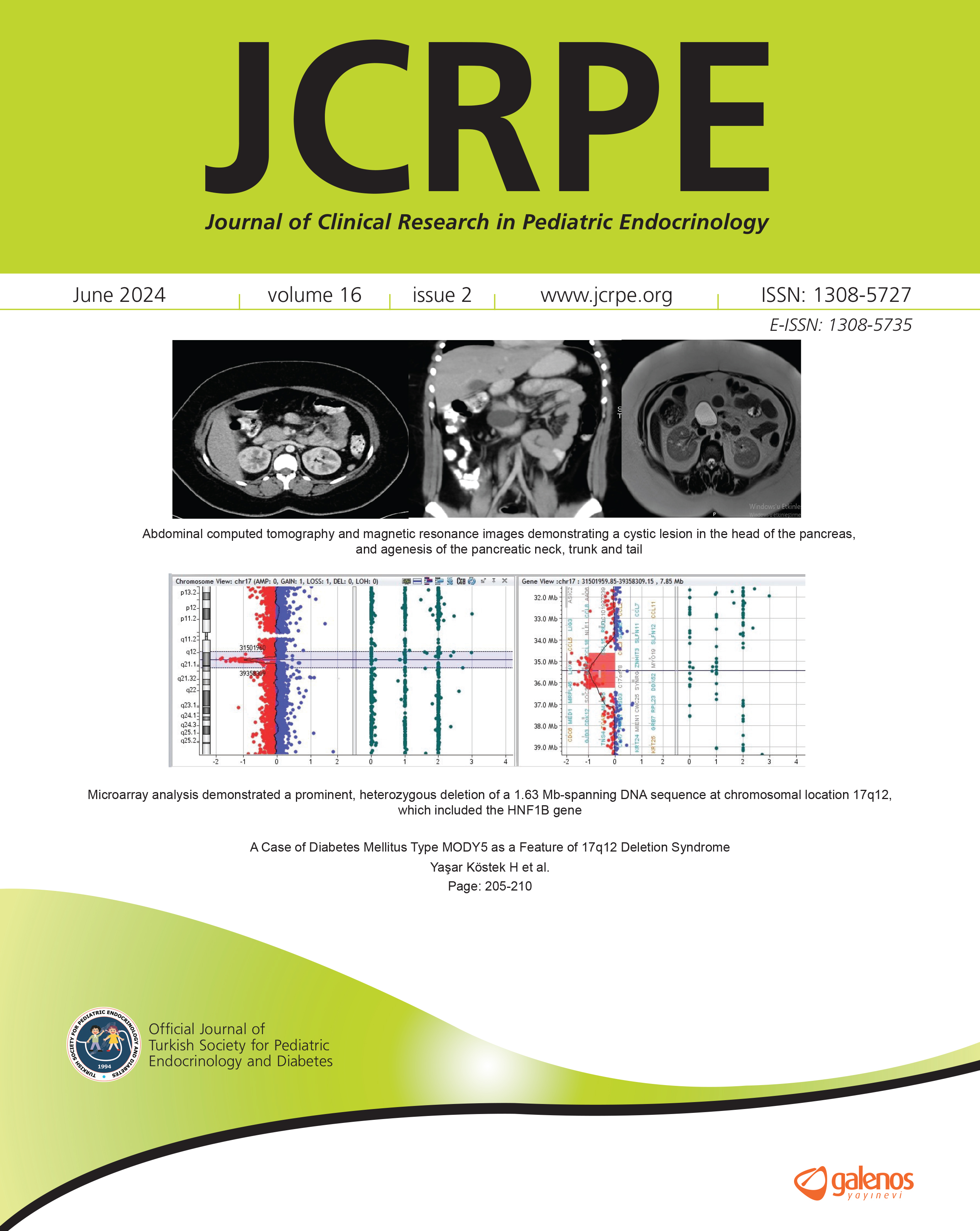Catch-up Growth in Prepubertal Children Treated for Juvenile Hypothyroidism and Growth Hormone Deficiency can be Modelled with a Monomolecular Function
Jan M. Wit1, Theo C. J. Sas2, Paula van Dommelen31Leiden University Medical Center, Department of Paediatrics, Leiden, The Netherlands2Sophia Childrens Hospital, University Medical Center Rotterdam, Department of Paediatric Endocrinology; National Diabetes Care and Research Center, Clinic of Diabetes, Rotterdam, The Netherlands & University Childrens Hospital, Tübingen, Germany
3The Netherlands Organization for Applied Scientific Research TNO, Leiden, The Netherlands
Objective: We hypothesized that modelling catch-up growth (CUG) as developed for coeliac disease (CD), might also fit CUG in adequately treated children with juvenile hypothyroidism (JHT) or growth hormone deficiency (GHD).
Methods: We used a monomolecular function for all available prepubertal data on height standard deviation score (HSDS) minus target height SDS (adjHSDS) in children with JHT (n=20) and GHD (n=18) on a conventional (CoD) or high GH dose (HD), based either on a national height reference with an age cut-off of 10 (girls) and 12 (boys) years (model 1) or prepubertal height reference values, if age (0) was ?3, with no upper age limit (model 2).
Results: The models could be fitted in 83-90% of cases; in other cases the HSDS decreased after several measurements, which violated the assumption of an irreversible growth process. In JHT, the rate constant (k) and adjHSDS (0) were lower than in CD (p=0.02), but adjHSDS (end) was similar. In GHD (model 1), k was lower than for CD (p=0.004) but similar to JHT, while adjHSDS (0) and adjHSDS (end) were similar to CD and JHT. Thus, the shape of CUG is similar for children with JHT and GHD, while children with CD had less growth deficit at start and a faster CUG. The differences in CUG parameters between GH dose subgroups did not reach statistical significance.
Conclusion: Modelling CUG of prepubertal children with JHT and GHD can be used for assessing the adequacy of CUG and the influence of clinical treatment modalities on its speed and magnitude.
Manuscript Language: English



























